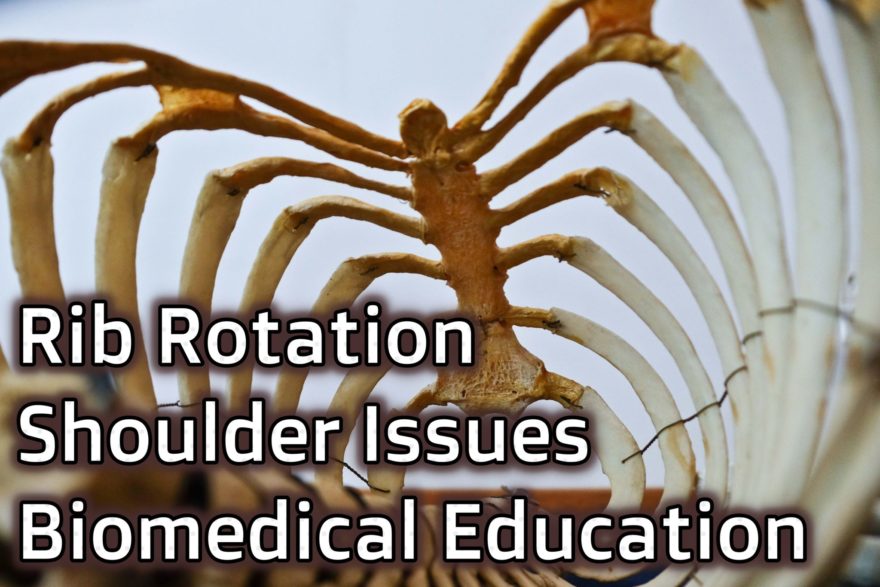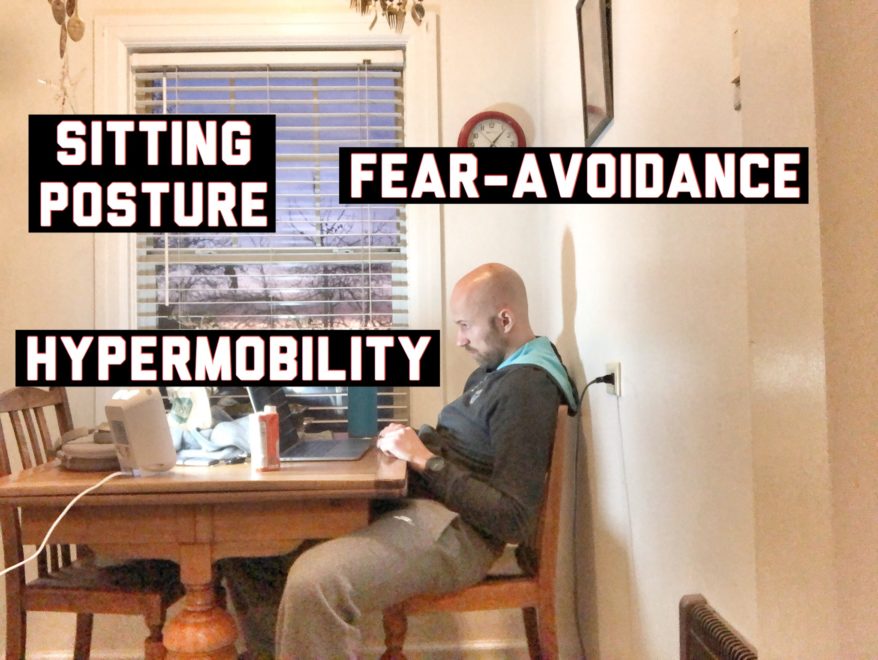Tag: fear

Rib Rotation, Shoulder Issues, and Biomedical Education – Movement Debrief Episode 98
Movement Debrief Episode 98 is in the books. Below is a copy of the video for your viewing pleasure, and…

Sitting Posture, Hypermobility, and Fear-Avoidance – Movement Debrief Episode 72
Movement Debrief Episode 72 is in the books. Below is a copy of the video for your viewing pleasure, and…
Chapter 5: Interaction of Psychological and Emotional Effects with Breathing Dysfunction
This is a chapter 5 summary of “Multidisciplinary Approaches to Breathing Pattern Disorders” by Leon Chaitow. The second edition will…

